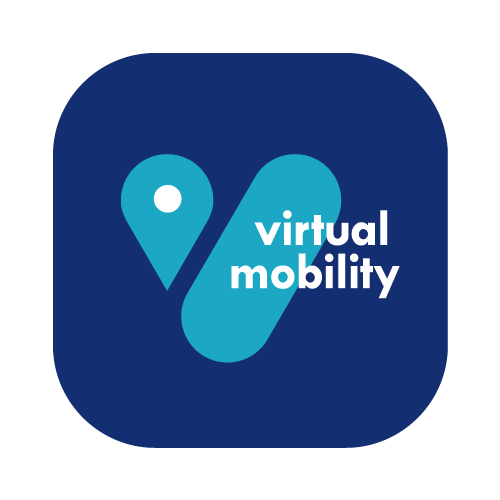Contact
- Hits: 139

19 March 2020
Authors: Kamakshi Rajagopal (KU Leuven); Olga Firssova (OUNL); Ilse Op de Beeck, Elke Van der Stappen (KU Leuven); Slavi Stoyanov (OUNL); Piet Henderikx (EADTU); Ilona Buchem (Beuth University of Applied Sciences).

May 2019
Authors: Piet Henderikx, George Ubachs (EADTU).

2010 - 2012
In Networked Curricula project a set of combined activities and approaches, guidelines and tools for successfully creating internationally networked curricula in open and distance education and blended learning were developed.

The European Association of Distance Teaching Universities: Europe's leading institutional association in online, open and flexible higher education.

The Norwegian Agency for International Cooperation and Quality Enhancement in Higher Education – aims to strengthen the quality of Norwegian education.

The FernUniversität in Hagen is Germany’s only state distance-learning university, and its largest in terms of student numbers.

KU Leuven is an institution for research and education with international appeal. All programmes at this University are based on the innovative research of its scientists and professors.

The National Distance Education University (UNED) has as its mission the public service of higher education through the modality of distance education.

The UOC is an innovative university that is rooted in Catalonia and open to the world. It offers people lifelong learning to help them and society advance, while carrying out research into the knowledge society.

Fédération Interuniversitaire de l'Enseignement à Distance is a network of French universities that promotes the development of lifelong learning and cooperation between higher education establishments in all areas and all forms of distance education.

Delft University of Technology primary tasks are academic research and teaching, and knowledge transfer (valorisation). TU Delft is known for their high quality research.

The University of Jyväskylä is an internationally renowned research university. They are one of the largest and most popular multidisciplinary universities in Finland.

The University of Geneva (UNIGE) is dedicated to teaching, research and dialogue with society. With more than 17’000 students of some 150 different nationalities, it is Switzerland’s second largest university.

Erasmus+ Virtual Exchange is part of the Erasmus+ programme, providing an accessible, ground-breaking way for young people to engage in intercultural learning.

Open Virtual Mobility is a European strategic partnership dedicated to creating accessible opportunities for achievement of virtual mobility skills to ensure higher uptake of virtual mobility in higher education in Europe.
short-term | long-term
synchronous
one-campus | successive campi
short-term | long-term | intermittent
synchronous | asynchronous
one-campus | multi-campus
short-term | long-term | intermittent
synchronous | asynchronous
one-campus | multi-campus
online mobility supporting phyisical mobility or physical mobility supporting online mobility
Description of format
Mobility can be embedded within a course through collaborative learning activities that are jointly designed by the partnership.
Description of format
Individual students choose a study abroad at a host university, according to an individual mobility arrangement for courses on which the host and home university agree.
Description of format
Partners in a network of programmes in a certain study domain organise each a “mobility window” which can be followed by students of all partners in the network.
Description of format
One single, common programme owned by a consortium of universities. Mobility flows are mandatory for all students and integrated in the design of the curriculum.
“Technology-enabled people-to-people dialogues sustained over a period of time” for individuals and groups which are geographically separated and moderated by trained facilitators and/or educators using structured activities.
The Open Virtual Mobility project mainly addresses mobility based on non-formal and informal education, notably the recognition of such courses in formal education through open credentials.


The core goal of any mobility is providing an international academic experience for students

Students follow a learning activity, a course or part of a curriculum in another university in the framework of a bilateral or a network/consortium agreement between universities. Individual study plans summarise successive mobility periods within the curriculum or course.
Rich international academic experience

Staff is organising a learning activity or a course in the framework of a bilateral or a network/consortium agreement between universities. By doing so, new educational and mobility formats are created, based on international course and curriculum design.
Develop courses and curricula in an international setting
Combine collaboration in education, research and innovation with peers

Mobility takes place when two or more universities organise and recognise the study periods followed by their students in an exchange programme or in a networked/joint programme or institutional policies and strategies entail such collaborations and mobility. Collaboration and mobility agreements create the organisational framework.
Enhance international profile and attractiveness
Build alliances to strengthen your curricula